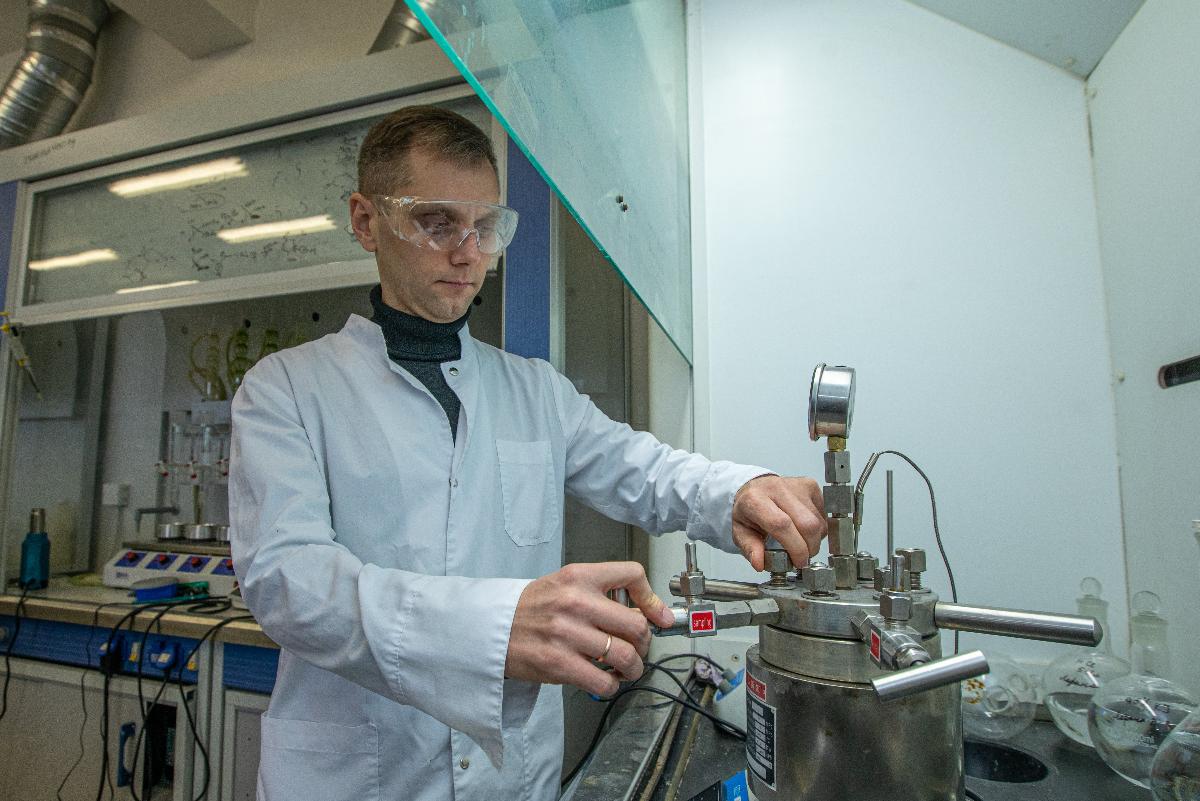
Researchers from IKBFU have analyzed various approaches used to extract biologically active compounds from microalgae. Their study highlights the advantages and drawbacks of existing techniques such as solvent extraction, cold pressing, and others. The findings will help optimize extraction processes for valuable compounds used in the food, pharmaceutical, and cosmetics industries. The results were published in the journal Algal Research.
Microalgae play a key role as oxygen producers in aquatic ecosystems and form the foundation of the diet for many small marine and freshwater organisms. They also synthesize compounds valuable to humans for their anti-inflammatory, antiviral, and anticancer properties — including polyunsaturated fatty acids, carotenoids, vitamins, antioxidants, and more. Extracting these components from algal cells is challenging: it is crucial not to damage the molecular structure or lose their biological activity. Many extraction methods have been developed, but their comparative advantages and limitations have not been systematically assessed until now.
Scientists from IKBFU, in collaboration with colleagues from the Borneo Marine Research Institute (Malaysia) and Nanjing Normal University (China) compared several classical methods for extracting useful compounds from microalgae.
The most common technique — solvent extraction — involves immersing microalgal cells in organic solvents such as hexane or ethanol. These solvents penetrate the cell walls, bind to target compounds like lipids, and draw them out. The authors note that while this method is highly efficient, it requires toxic solvents that can harm the environment.
Another approach, cold pressing, relies on mechanical force to rupture algal cells. Under pressure, the intracellular content — containing the desired compounds — is released. Research showsthat this method preserves temperature-sensitive substances such as vitamins and antioxidants. It is environmentally friendly but has low efficiency, as only a small fraction of the total compounds can be recovered.
Steam distillation, in which algae are treated with steam at high temperature and pressure, breaks down cell walls and releases volatile compounds, oils, and carotenoids. Like solvent extraction, this approach is highly effective but energy-intensive and requires complex, costly equipment.
For extracting solid substances such as polysaccharides, scientists often use maceration. In this process, algal cells are crushed and soaked in a solvent for an extended period. Maceration is suitable for thermolabile compounds, but its main disadvantage is the long duration — the extraction can take several days.
After analyzing these methods, the researchers concluded that there is no universal approach to extracting valuable substances from microalgae. The optimal technique depends on the type of compound and its intended application. For instance, cold pressing is best for obtaining oils, while solvent extraction is more suitable for extracting lipids used in biofuel production.
| Our work summarizes current knowledge on various extraction methods for valuable compounds from microalgae cells. The data we obtained will be useful for developing technologies to create new functional foods, effective pharmaceuticals, and environmentally friendly biofuels, |
| says Stanislav Sukhikh, Doctor of Technical Sciences, Professor at the Higher School of Living Systems, and Head of the Laboratory of Microclonal Propagation at Immanuel Kant Baltic Federal University. |
User profile for student
User profile for student
I give consent to the processing of the personal data provided, with Personal Data Processing Policy acquainted
Confirm consent